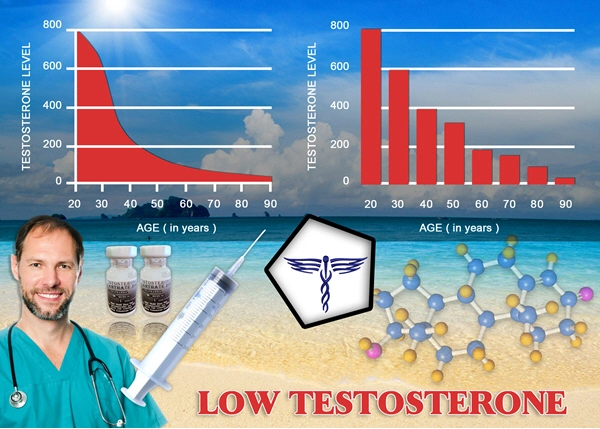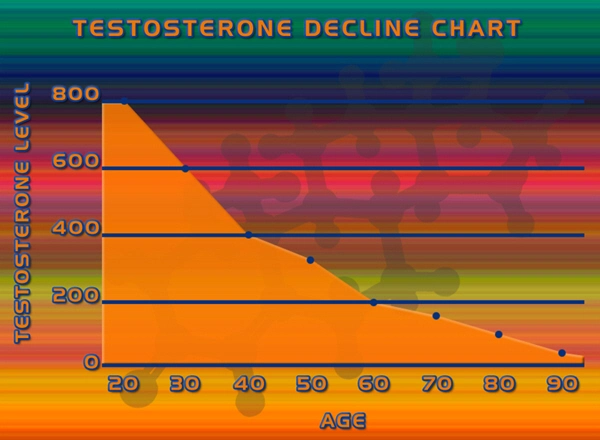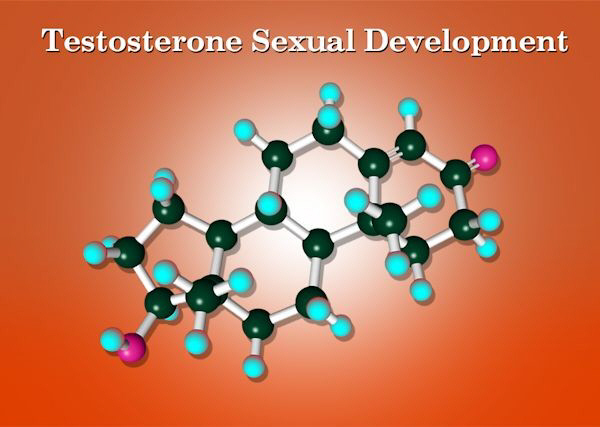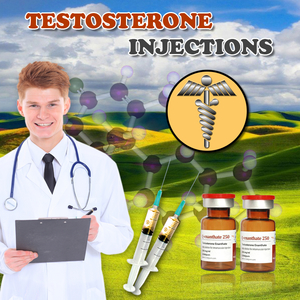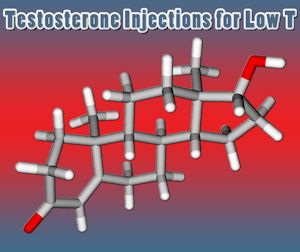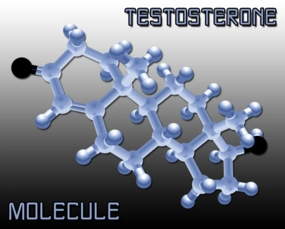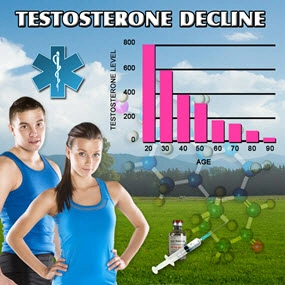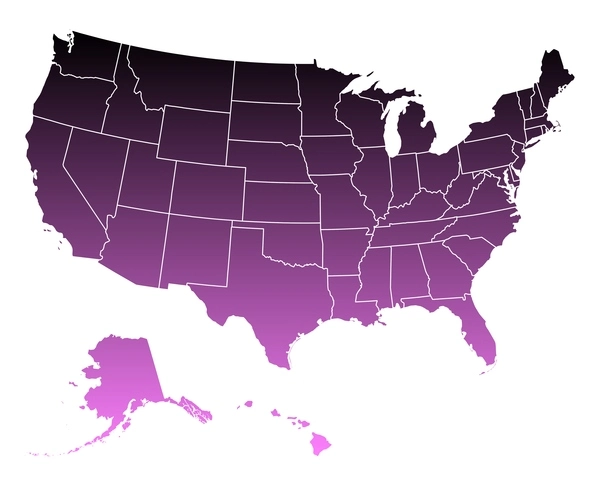Introduction to Natesto
Natesto is a testosterone nasal gel approved by the FDA for the treatment of hypogonadism in men. Hypogonadism is a condition characterized by low testosterone levels, which can lead to a variety of symptoms including decreased libido, fatigue, and mood disturbances. As with any hormonal therapy, understanding the potential impacts on cardiovascular health is crucial, especially for American males who may be considering this treatment option.
Understanding Testosterone and Heart Health
Testosterone plays a vital role in men's health, influencing muscle mass, bone density, and overall metabolic function. However, its relationship with cardiovascular health has been a topic of extensive research and debate. Studies have shown that both low and high levels of testosterone can be associated with increased cardiovascular risks, making the balance of testosterone levels critical.
Natesto's Mechanism and Cardiovascular Implications
Natesto delivers testosterone through the nasal passages, which is absorbed directly into the bloodstream. This method bypasses the liver, potentially reducing the risk of liver toxicity associated with oral testosterone formulations. However, the direct impact of Natesto on cardiovascular health is still under investigation. Some studies suggest that testosterone therapy can improve cardiovascular risk factors such as blood pressure and lipid profiles, while others indicate potential risks, including an increased likelihood of cardiovascular events.
Clinical Evidence and Ongoing Research
Recent clinical trials, such as the TRAVERSE study, have provided valuable insights into the cardiovascular safety of testosterone therapy. The TRAVERSE study, which specifically looked at men with hypogonadism and cardiovascular risk factors, found no significant increase in major adverse cardiovascular events among those treated with testosterone compared to placebo. However, it's important to note that individual responses to testosterone therapy can vary, and ongoing research continues to refine our understanding of these effects.
Risk Factors and Considerations for American Males
American males considering Natesto should be aware of several factors that can influence their cardiovascular health. Age, pre-existing cardiovascular conditions, and lifestyle factors such as diet and exercise play significant roles in determining the safety and efficacy of testosterone therapy. Men with a history of heart disease or those at high risk should consult with their healthcare provider to weigh the potential benefits against the risks.
Monitoring and Management
For those prescribed Natesto, regular monitoring is essential to ensure the therapy's safety and effectiveness. Blood tests to monitor testosterone levels, as well as assessments of cardiovascular health markers such as blood pressure and lipid levels, should be conducted regularly. Adjustments to the dosage or alternative treatments may be necessary based on these evaluations.
Lifestyle and Natesto
Incorporating a healthy lifestyle can enhance the benefits of Natesto while mitigating potential risks. Regular physical activity, a balanced diet, and smoking cessation are crucial for maintaining cardiovascular health. American males should strive to integrate these habits into their daily routines to support their overall well-being while undergoing testosterone therapy.
Conclusion
Natesto offers a promising treatment option for men with hypogonadism, but its impact on cardiovascular health requires careful consideration. American males should engage in thorough discussions with their healthcare providers to understand the potential risks and benefits. By staying informed and proactive about their health, men can make educated decisions about using Natesto to improve their quality of life while safeguarding their cardiovascular health.
Contact Us Today For A Free Consultation

- Natesto Nasal Gel: Enhancing Cognitive Function in American Males with Testosterone Therapy [Last Updated On: March 17th, 2025] [Originally Added On: March 17th, 2025]
- Natesto: Enhancing Sleep Quality and Testosterone Levels in American Men [Last Updated On: March 18th, 2025] [Originally Added On: March 18th, 2025]
- Natesto: Enhancing Energy and Combating Fatigue in Men with Hypogonadism [Last Updated On: March 18th, 2025] [Originally Added On: March 18th, 2025]
- Natesto: Effective Testosterone Therapy for Aging American Men's Health and Well-being [Last Updated On: March 19th, 2025] [Originally Added On: March 19th, 2025]
- Natesto: Enhancing Weight Management in American Men with Low Testosterone [Last Updated On: March 20th, 2025] [Originally Added On: March 20th, 2025]
- Natesto: Monitoring Essential for Safe Testosterone Therapy in American Men [Last Updated On: March 21st, 2025] [Originally Added On: March 21st, 2025]
- Natesto: A Skin-Friendly Testosterone Therapy for American Men [Last Updated On: March 21st, 2025] [Originally Added On: March 21st, 2025]
- Natesto: Enhancing Athletic Performance in American Male Athletes Through Nasal Testosterone Therapy [Last Updated On: March 21st, 2025] [Originally Added On: March 21st, 2025]
- Natesto vs. Traditional Gels: A Guide to Testosterone Replacement Therapy Options [Last Updated On: March 21st, 2025] [Originally Added On: March 21st, 2025]
- Natesto: Revolutionizing Testosterone Therapy with Nasal Gel in American Men [Last Updated On: March 21st, 2025] [Originally Added On: March 21st, 2025]
- Natesto: A Novel Testosterone Therapy and Its Impact on Prostate Health in Men [Last Updated On: March 22nd, 2025] [Originally Added On: March 22nd, 2025]
- Tailoring Natesto Dosage for Optimal Testosterone Therapy in American Men [Last Updated On: March 22nd, 2025] [Originally Added On: March 22nd, 2025]
- Natesto: A Convenient Nasal Gel for Low Testosterone in American Men [Last Updated On: March 22nd, 2025] [Originally Added On: March 22nd, 2025]
- Natesto: Revolutionizing Testosterone Therapy and Reducing Stigma in American Men [Last Updated On: March 22nd, 2025] [Originally Added On: March 22nd, 2025]
- Natesto: Revolutionizing Testosterone Therapy with Intranasal Delivery for American Men [Last Updated On: March 22nd, 2025] [Originally Added On: March 22nd, 2025]
- Natesto: A Breakthrough in Hypogonadism Treatment for American Men [Last Updated On: March 22nd, 2025] [Originally Added On: March 22nd, 2025]
- Natesto's Impact on Blood Sugar Levels in Diabetic American Men: A Comprehensive Analysis [Last Updated On: March 23rd, 2025] [Originally Added On: March 23rd, 2025]
- Natesto: Enhancing Emotional Well-being in American Men with Hypogonadism [Last Updated On: March 23rd, 2025] [Originally Added On: March 23rd, 2025]
- Natesto: Convenient Nasal Gel for Hypogonadism Treatment in American Men [Last Updated On: March 23rd, 2025] [Originally Added On: March 23rd, 2025]
- Natesto: Enhancing Joint Health and Mobility in American Men with Testosterone Therapy [Last Updated On: March 24th, 2025] [Originally Added On: March 24th, 2025]
- Natesto: Nasal Gel Boosts Libido in Men with Low Testosterone [Last Updated On: March 24th, 2025] [Originally Added On: March 24th, 2025]
- Natesto: Innovative Nasal Gel for Testosterone Replacement in American Men [Last Updated On: March 24th, 2025] [Originally Added On: March 24th, 2025]
- Natesto: Non-Invasive Nasal Gel for Testosterone Replacement in American Men [Last Updated On: March 24th, 2025] [Originally Added On: March 24th, 2025]
- Natesto's Impact on Vision: Risks and Monitoring for American Men [Last Updated On: March 25th, 2025] [Originally Added On: March 25th, 2025]
- Natesto: A Promising Nasal Gel for Chronic Fatigue in Men with Low Testosterone [Last Updated On: March 25th, 2025] [Originally Added On: March 25th, 2025]
- Natesto: Advancing Men's Health with Nasal Testosterone Therapy in America [Last Updated On: March 25th, 2025] [Originally Added On: March 25th, 2025]
- Natesto: A Convenient, Effective Nasal Gel for American Men's Testosterone Deficiency [Last Updated On: March 25th, 2025] [Originally Added On: March 25th, 2025]
- Natesto: Enhancing Mental Clarity and Cognitive Function in American Men [Last Updated On: March 26th, 2025] [Originally Added On: March 26th, 2025]
- Maximizing Natesto Benefits: Diet, Exercise, and Lifestyle for American Men [Last Updated On: March 26th, 2025] [Originally Added On: March 26th, 2025]
- Natesto: Enhancing Vitality in American Men with Nasal Testosterone Gel [Last Updated On: March 26th, 2025] [Originally Added On: March 26th, 2025]
- Natesto: Enhancing Stress Management for American Men in High-Pressure Environments [Last Updated On: March 26th, 2025] [Originally Added On: March 26th, 2025]
- Natesto: Boosting Confidence and Self-Esteem in American Men with Low Testosterone [Last Updated On: March 26th, 2025] [Originally Added On: March 26th, 2025]
- Natesto: FDA-Approved Nasal Gel for Treating Male Hypogonadism [Last Updated On: March 26th, 2025] [Originally Added On: March 26th, 2025]
- Natesto's Impact on Kidney Health in American Men: Monitoring and Lifestyle Considerations [Last Updated On: March 26th, 2025] [Originally Added On: March 26th, 2025]
- Natesto: Safe Nasal Testosterone Therapy for Hypogonadism in American Men [Last Updated On: March 26th, 2025] [Originally Added On: March 26th, 2025]
- Natesto: Innovative Nasal Gel for Testosterone Deficiency in American Men [Last Updated On: March 26th, 2025] [Originally Added On: March 26th, 2025]
- Natesto: Enhancing Physical Strength in American Males with Hypogonadism [Last Updated On: March 26th, 2025] [Originally Added On: March 26th, 2025]
- Natesto: Innovative Nasal Gel for Testosterone Deficiency in American Men [Last Updated On: March 26th, 2025] [Originally Added On: March 26th, 2025]
- Natesto: Revolutionizing Testosterone Therapy for Aging American Males [Last Updated On: March 27th, 2025] [Originally Added On: March 27th, 2025]
- Natesto: Testosterone Therapy and Its Impact on Male Hair Loss in American Men [Last Updated On: March 27th, 2025] [Originally Added On: March 27th, 2025]
- Natesto: Transforming Lives of American Men with Low Testosterone [Last Updated On: March 27th, 2025] [Originally Added On: March 27th, 2025]
- Natesto: Enhancing Vitality and Performance in American Males with Testosterone Therapy [Last Updated On: March 27th, 2025] [Originally Added On: March 27th, 2025]
- Natesto: Enhancing Preventive Health in American Males with Nasal Testosterone Therapy [Last Updated On: March 28th, 2025] [Originally Added On: March 28th, 2025]
- Natesto: Nasal Testosterone Gel Reduces Skin Sensitivity in Men [Last Updated On: March 28th, 2025] [Originally Added On: March 28th, 2025]
- Natesto: Enhancing Immune Health in American Men Through Intranasal Testosterone Therapy [Last Updated On: March 28th, 2025] [Originally Added On: March 28th, 2025]
- Natesto: Nasal Testosterone Gel's Impact on Liver Function in American Men [Last Updated On: March 28th, 2025] [Originally Added On: March 28th, 2025]
- Natesto: A Novel Treatment for Sleep Apnea in Men with Low Testosterone [Last Updated On: March 28th, 2025] [Originally Added On: March 28th, 2025]
- Natesto: Innovative Nasal Gel for American Men's Low Testosterone Treatment [Last Updated On: March 29th, 2025] [Originally Added On: March 29th, 2025]
- Natesto: Testosterone Gel's Impact on Gut Health in American Males [Last Updated On: March 29th, 2025] [Originally Added On: March 29th, 2025]
- Natesto: Revolutionary Nasal Gel for Testosterone Replacement in American Men [Last Updated On: March 30th, 2025] [Originally Added On: March 30th, 2025]
- Natesto: Managing Side Effects and Benefits for Low Testosterone Treatment [Last Updated On: March 31st, 2025] [Originally Added On: March 31st, 2025]
- Natesto: Enhancing Recovery and Health in American Men with Testosterone Therapy [Last Updated On: April 1st, 2025] [Originally Added On: April 1st, 2025]
- Natesto: Managing Dental Health Impacts from Testosterone Nasal Gel Therapy [Last Updated On: April 1st, 2025] [Originally Added On: April 1st, 2025]
- Natesto: Nasal Testosterone Gel for Male Hypogonadism and Allergic Reaction Risks [Last Updated On: April 3rd, 2025] [Originally Added On: April 3rd, 2025]
- Natesto: Enhancing Mental Health and Well-being in American Men with Testosterone Deficiency [Last Updated On: April 7th, 2025] [Originally Added On: April 7th, 2025]
- Natesto: Enhancing Endurance and Stamina in American Men with Low Testosterone [Last Updated On: April 7th, 2025] [Originally Added On: April 7th, 2025]
- Natesto: Impact on Blood Pressure in American Men Using Nasal Testosterone Therapy [Last Updated On: April 7th, 2025] [Originally Added On: April 7th, 2025]
- Natesto's Effects on Cholesterol and Heart Health in American Males [Last Updated On: April 8th, 2025] [Originally Added On: April 8th, 2025]
- Natesto: Effective Intranasal Testosterone Therapy for American Men with Hypogonadism [Last Updated On: April 8th, 2025] [Originally Added On: April 8th, 2025]
- Natesto: Intranasal Testosterone Therapy for American Males - Dosage, Timing, and Lifestyle [Last Updated On: April 9th, 2025] [Originally Added On: April 9th, 2025]
- Natesto's Impact on Thyroid Function: Considerations for American Men [Last Updated On: April 11th, 2025] [Originally Added On: April 11th, 2025]
- Natesto: Managing Testosterone and Digestive Health in American Men [Last Updated On: April 13th, 2025] [Originally Added On: April 13th, 2025]
- Natesto: Enhancing Immune Health in American Males Through Testosterone Therapy [Last Updated On: April 13th, 2025] [Originally Added On: April 13th, 2025]
- Natesto: Testosterone Therapy's Impact on Hearing Health in American Men [Last Updated On: April 13th, 2025] [Originally Added On: April 13th, 2025]
- Natesto: FDA-Approved Nasal Gel for Testosterone Replacement in Men [Last Updated On: April 14th, 2025] [Originally Added On: April 14th, 2025]
- Natesto: Testosterone Therapy's Impact on Vision Health in American Males [Last Updated On: April 14th, 2025] [Originally Added On: April 14th, 2025]
Word Count: 537

